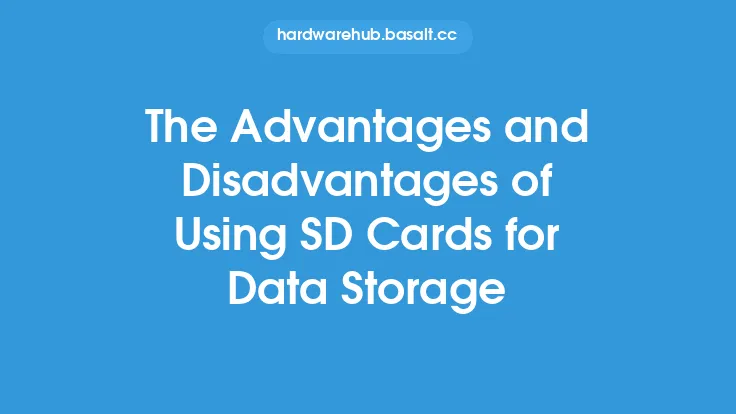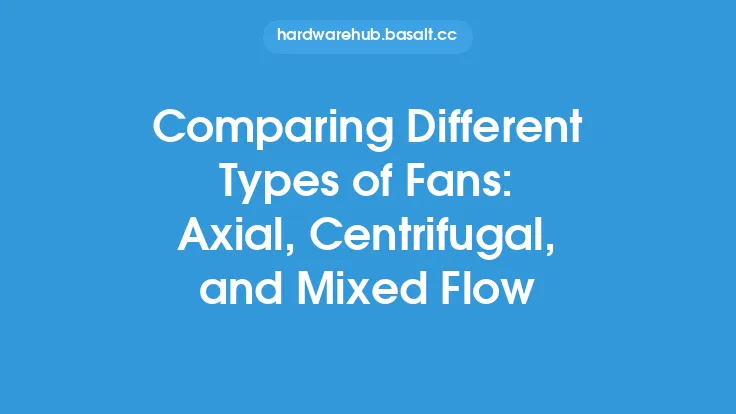When it comes to storing and transferring data, memory cards have become an essential component in various devices, including cameras, smartphones, and laptops. With the numerous types of memory cards available in the market, it can be overwhelming to choose the right one for your needs. In this article, we will delve into the world of memory cards, exploring the different types, their characteristics, and applications.
Introduction to Memory Cards
Memory cards are small, portable storage devices that use flash memory to store data. They are commonly used in devices that require removable storage, such as digital cameras, camcorders, and mobile phones. Memory cards offer a convenient way to expand the storage capacity of devices, allowing users to store more photos, videos, and other files. The most popular types of memory cards include Secure Digital (SD), Compact Flash (CF), Memory Stick (MS), and MultiMediaCard (MMC).
Types of Memory Cards
Secure Digital (SD) Cards
SD cards are one of the most widely used memory cards, known for their compact size and high storage capacity. They are available in various capacities, ranging from 2GB to 1TB, and are compatible with a wide range of devices, including cameras, smartphones, and laptops. SD cards are also available in different speed classes, including Class 2, Class 4, Class 6, and Class 10, which indicate the minimum write speed of the card. Additionally, SD cards are available in different types, including SDHC (Secure Digital High Capacity) and SDXC (Secure Digital Extended Capacity), which offer higher storage capacities and faster transfer speeds.
Compact Flash (CF) Cards
CF cards are another popular type of memory card, known for their high storage capacity and fast transfer speeds. They are commonly used in professional cameras and other devices that require high-speed data transfer. CF cards are available in various capacities, ranging from 2GB to 512GB, and are compatible with devices that have a CF card slot. CF cards are also available in different types, including CFast and XQD, which offer even faster transfer speeds and higher storage capacities.
Memory Stick (MS) Cards
MS cards are a type of memory card developed by Sony, known for their compact size and high storage capacity. They are commonly used in Sony devices, such as cameras and camcorders, and are available in various capacities, ranging from 2GB to 256GB. MS cards are also available in different types, including MS Pro and MS Pro Duo, which offer higher storage capacities and faster transfer speeds.
MultiMediaCard (MMC) Cards
MMC cards are a type of memory card that is similar to SD cards, but with a slightly different design. They are commonly used in older devices, such as cameras and mobile phones, and are available in various capacities, ranging from 2GB to 32GB. MMC cards are also available in different types, including MMCplus and MMCmobile, which offer higher storage capacities and faster transfer speeds.
Characteristics of Memory Cards
Memory cards have several characteristics that affect their performance and compatibility. These include:
- Storage Capacity: The amount of data that a memory card can store, measured in gigabytes (GB) or terabytes (TB).
- Transfer Speed: The speed at which data can be transferred to and from the memory card, measured in megabytes per second (MB/s).
- Speed Class: A rating that indicates the minimum write speed of the memory card, with higher speed classes indicating faster write speeds.
- Compatibility: The types of devices that the memory card is compatible with, including cameras, smartphones, and laptops.
Applications of Memory Cards
Memory cards have a wide range of applications, including:
- Digital Cameras: Memory cards are used to store photos and videos in digital cameras, allowing users to take more photos and videos without running out of storage space.
- Smartphones: Memory cards are used to expand the storage capacity of smartphones, allowing users to store more apps, photos, and videos.
- Laptops: Memory cards are used to transfer data between devices, such as transferring photos from a camera to a laptop.
- Gaming Consoles: Memory cards are used to store game data and other files in gaming consoles, such as the PlayStation and Xbox.
Conclusion
In conclusion, memory cards are an essential component in various devices, offering a convenient way to expand storage capacity and transfer data. With the numerous types of memory cards available, it's essential to choose the right one for your needs, considering factors such as storage capacity, transfer speed, and compatibility. By understanding the different types of memory cards and their characteristics, you can make an informed decision and choose the best memory card for your device. Whether you're a professional photographer or a casual smartphone user, memory cards play a vital role in storing and transferring your valuable data.





